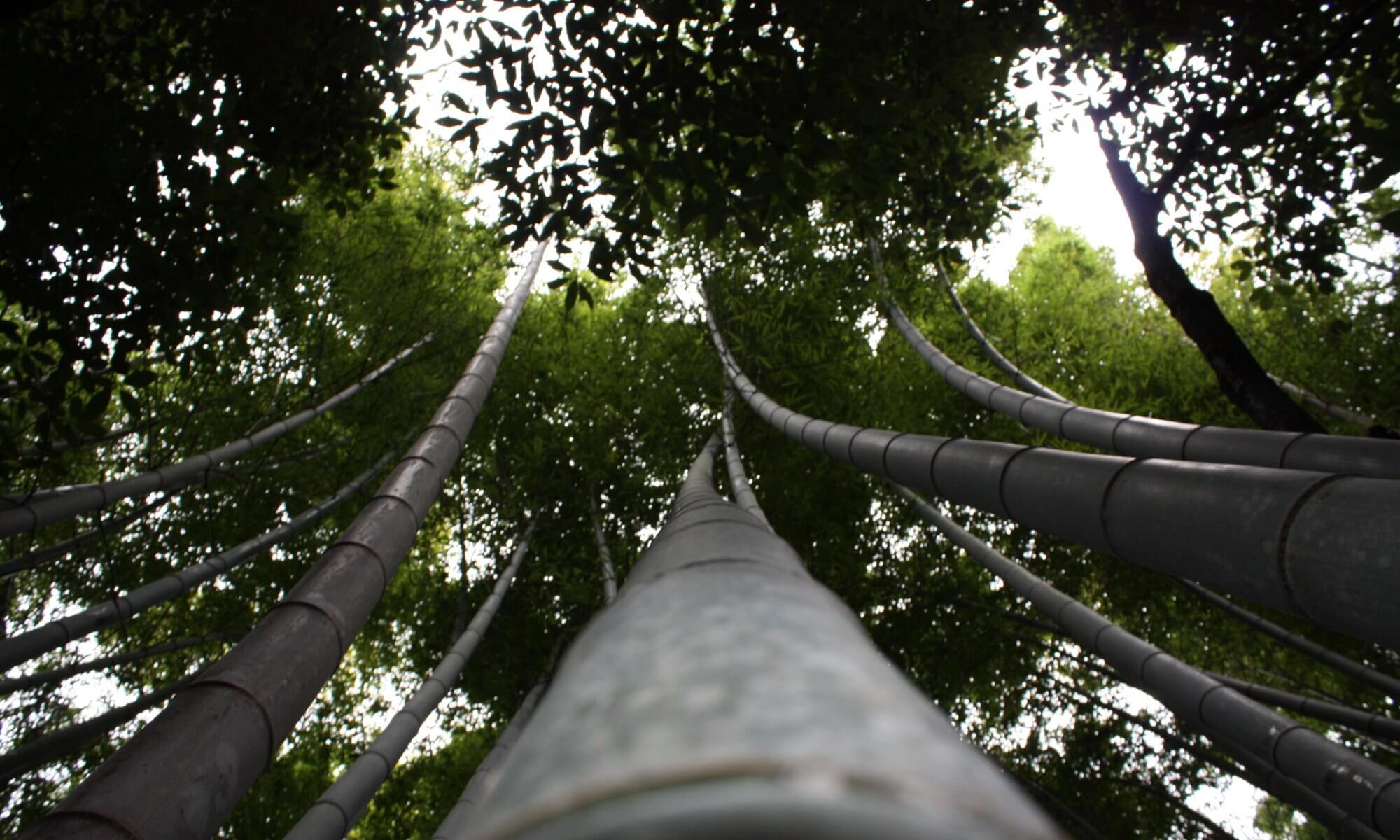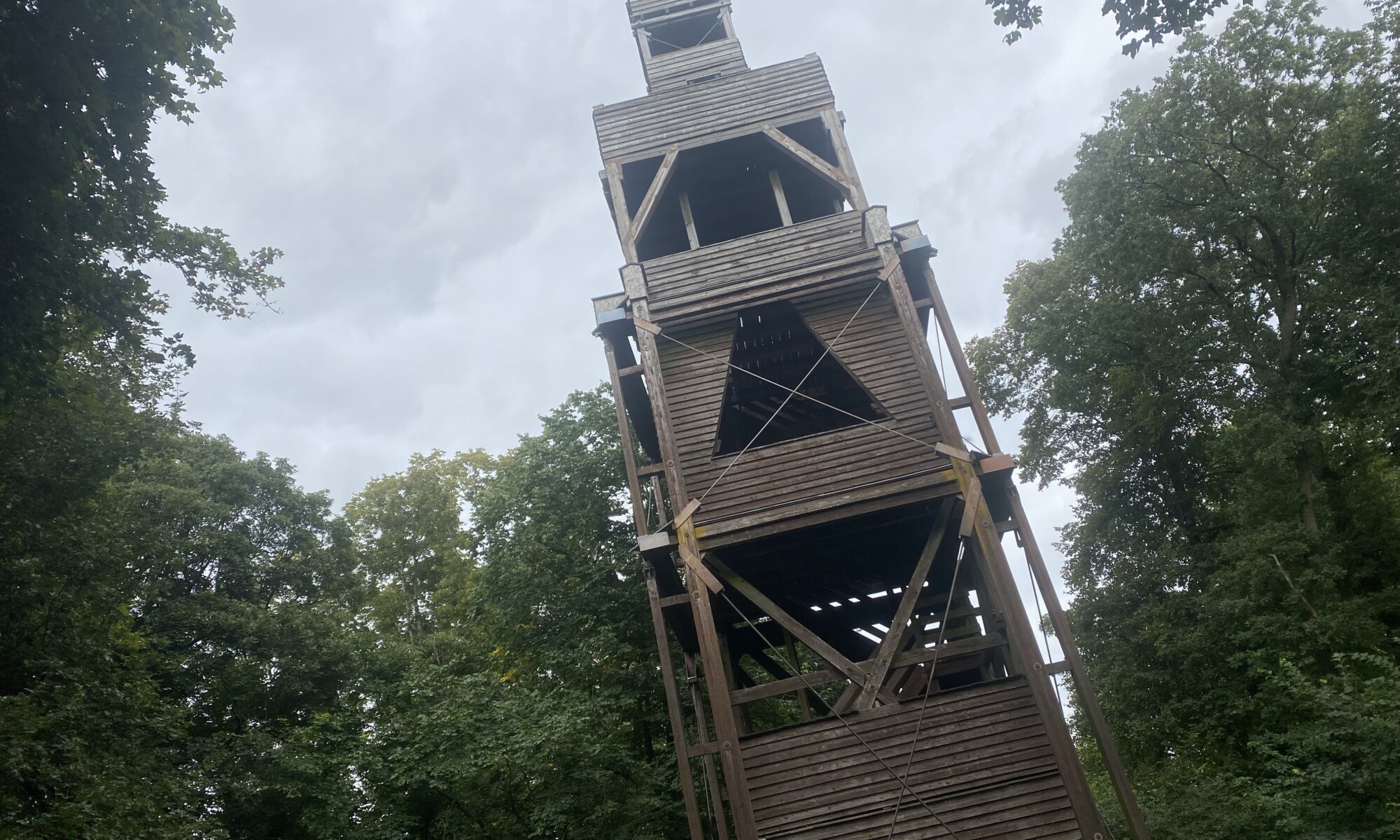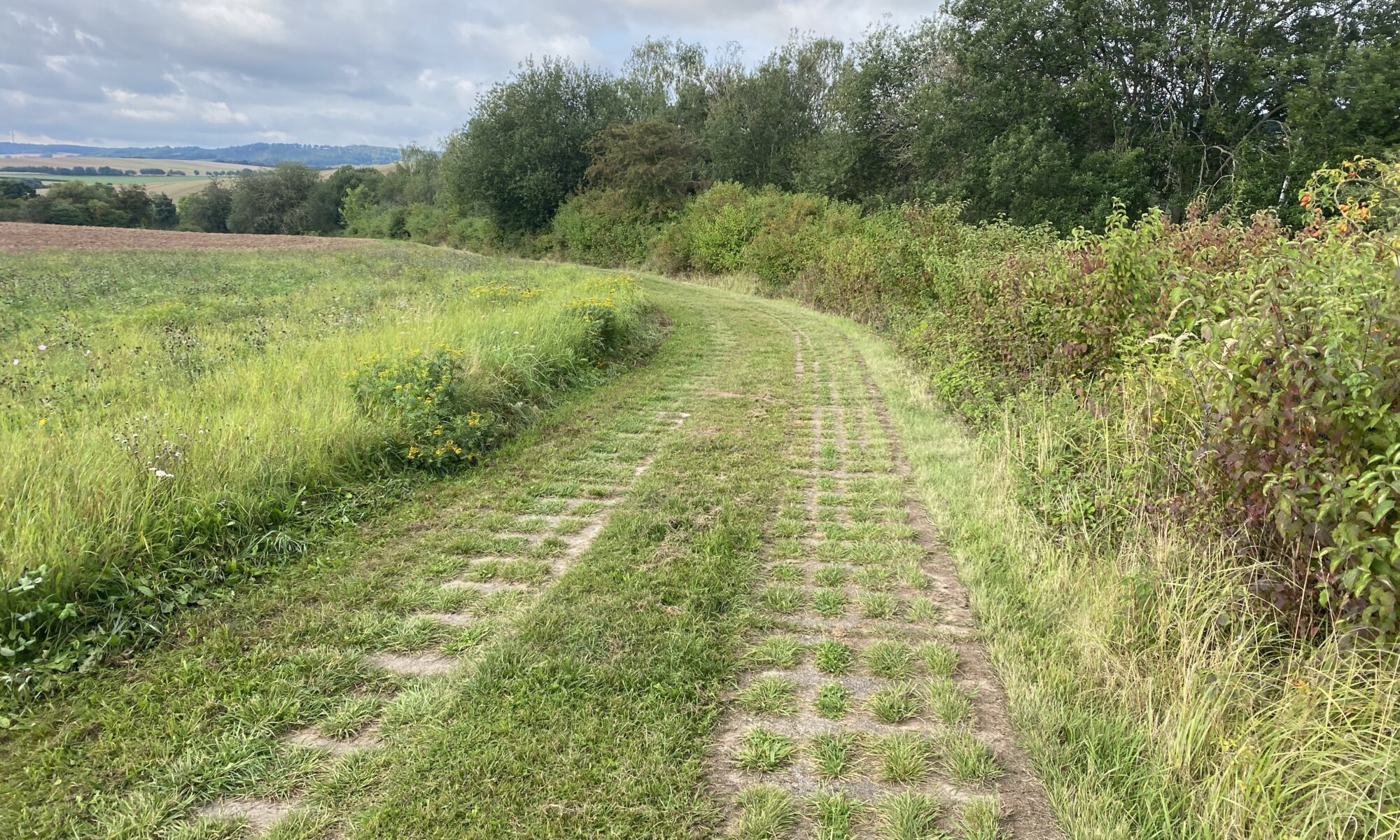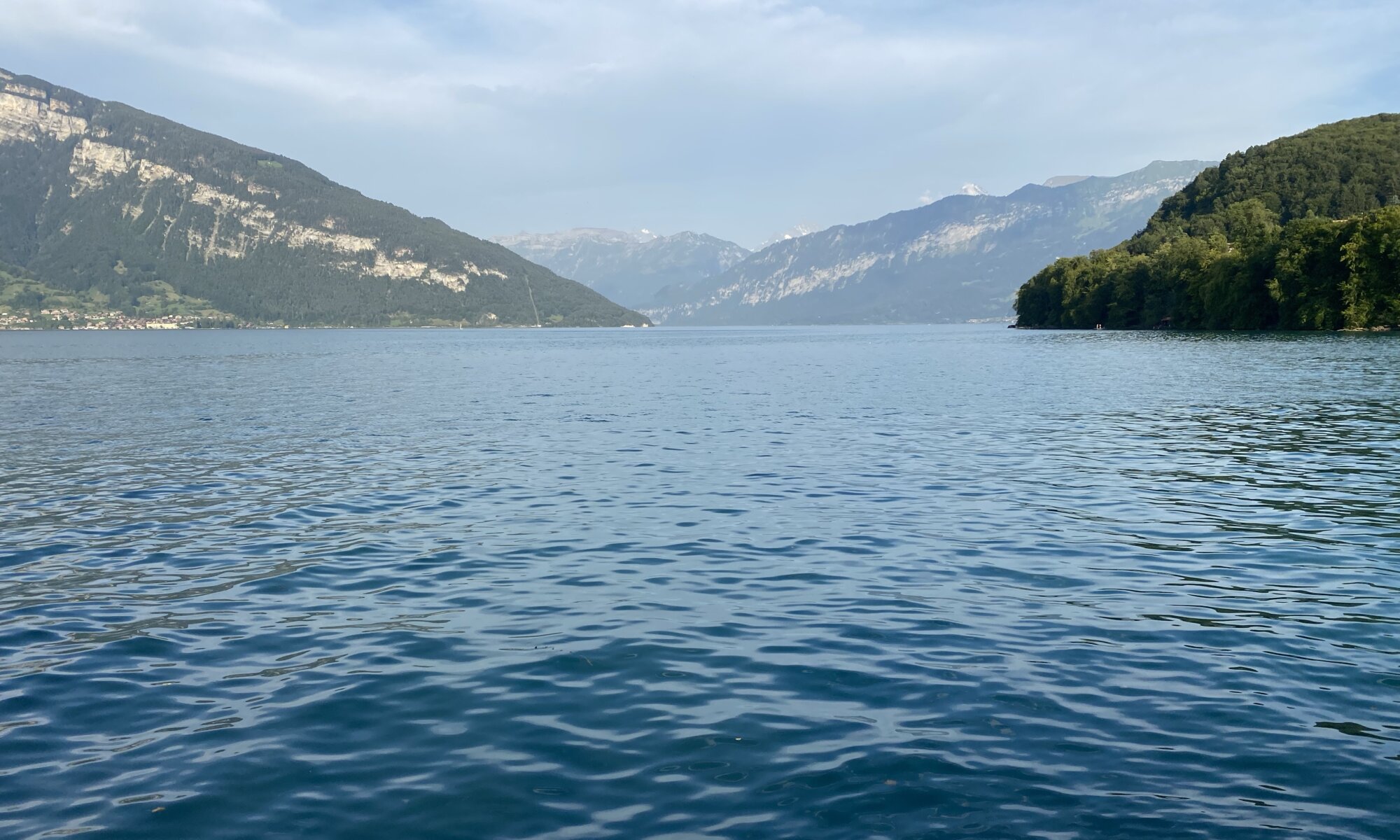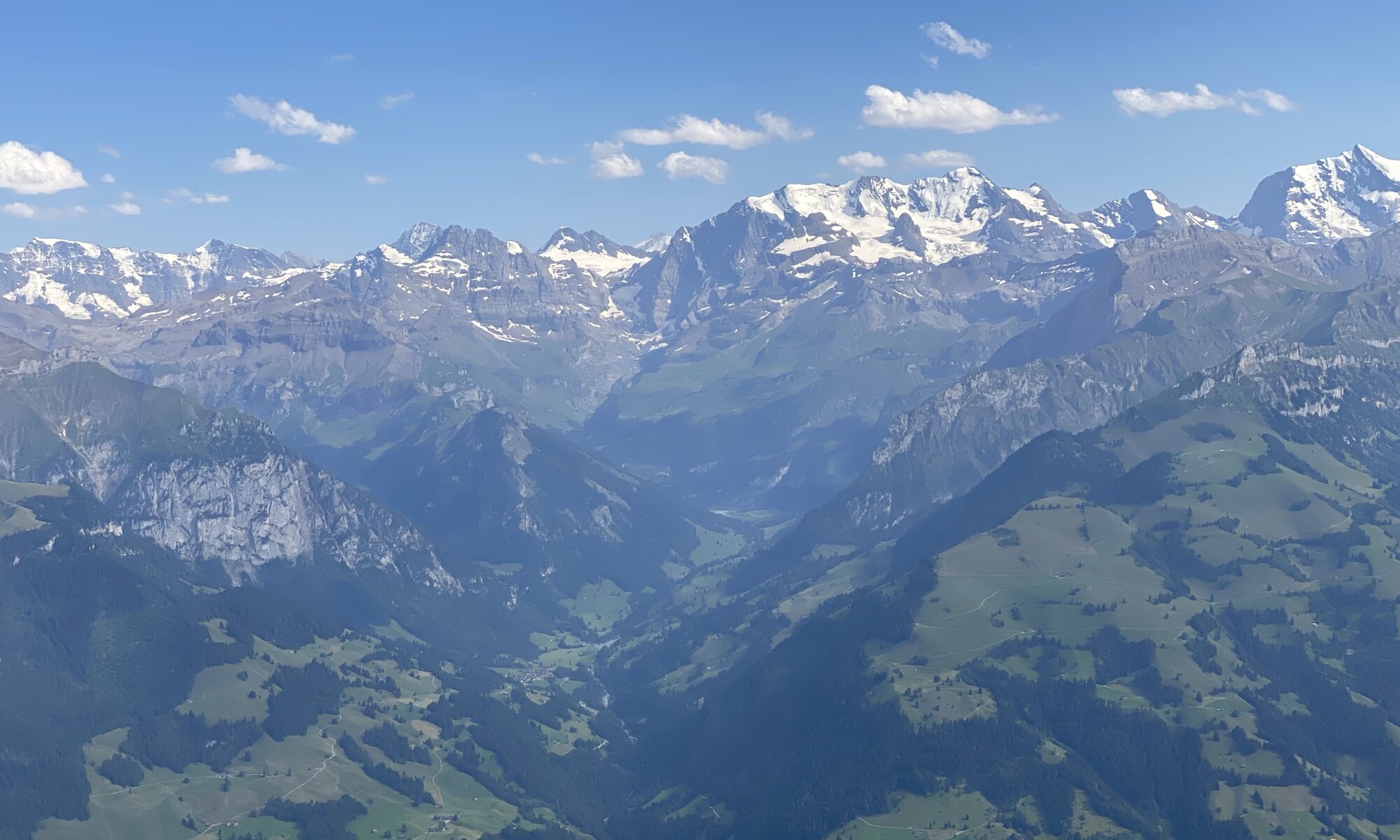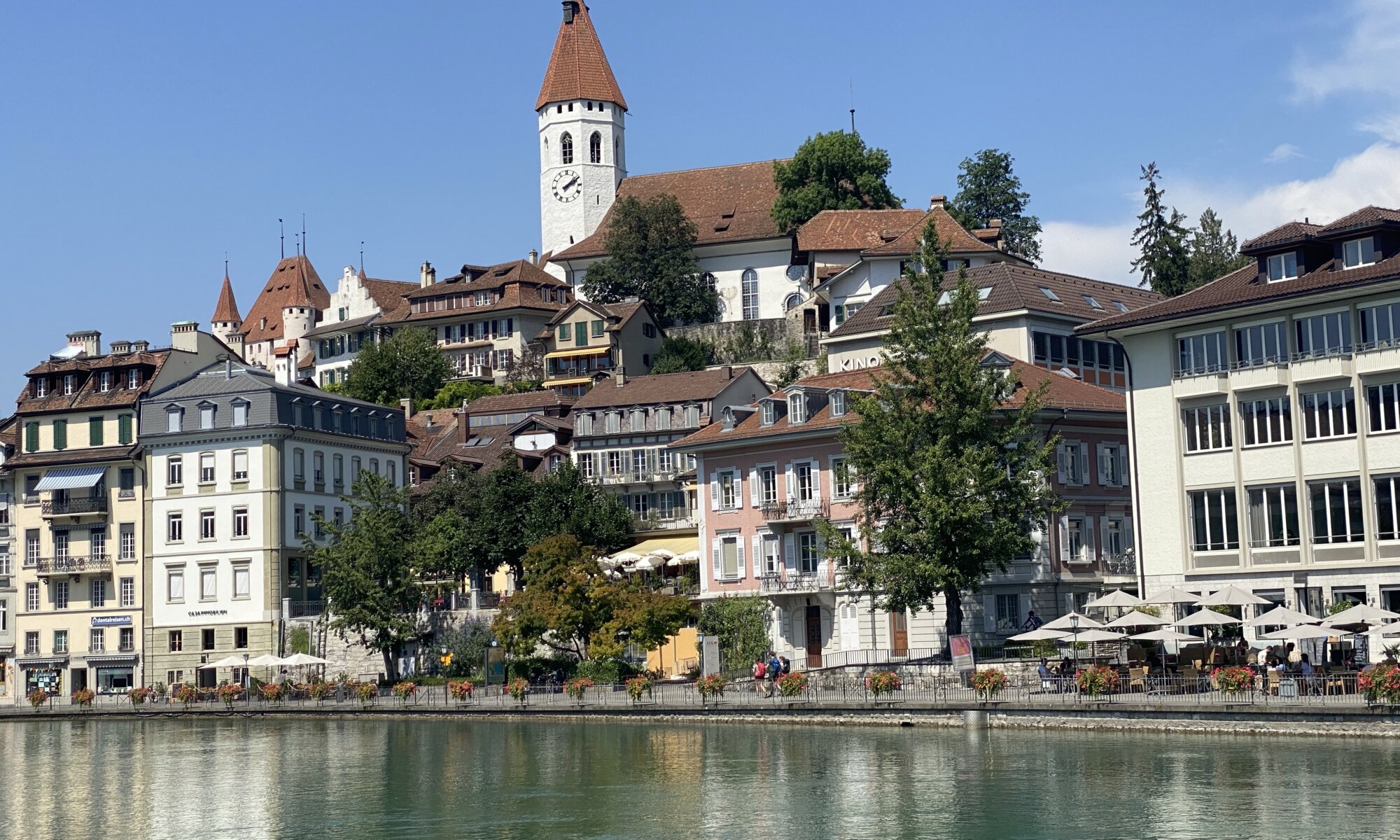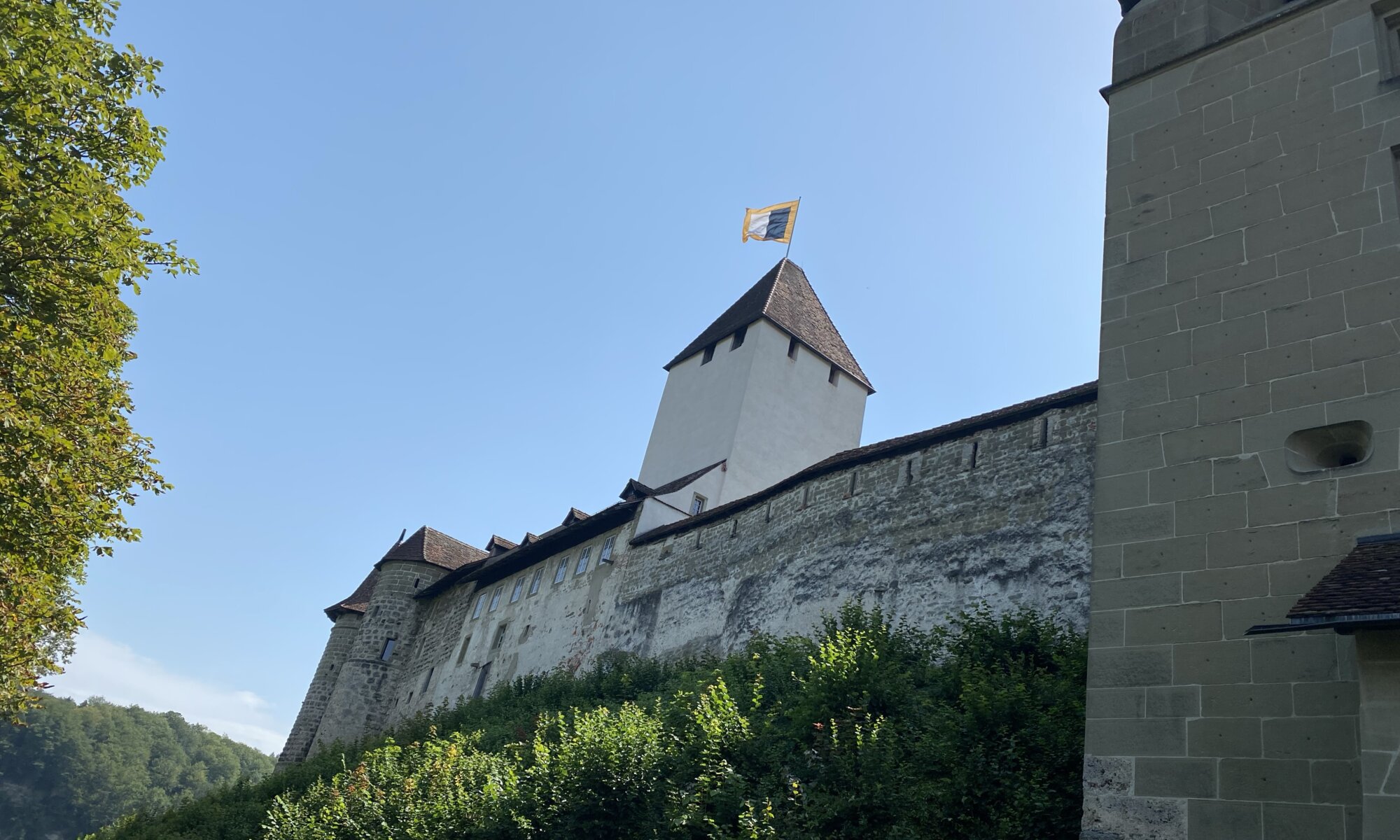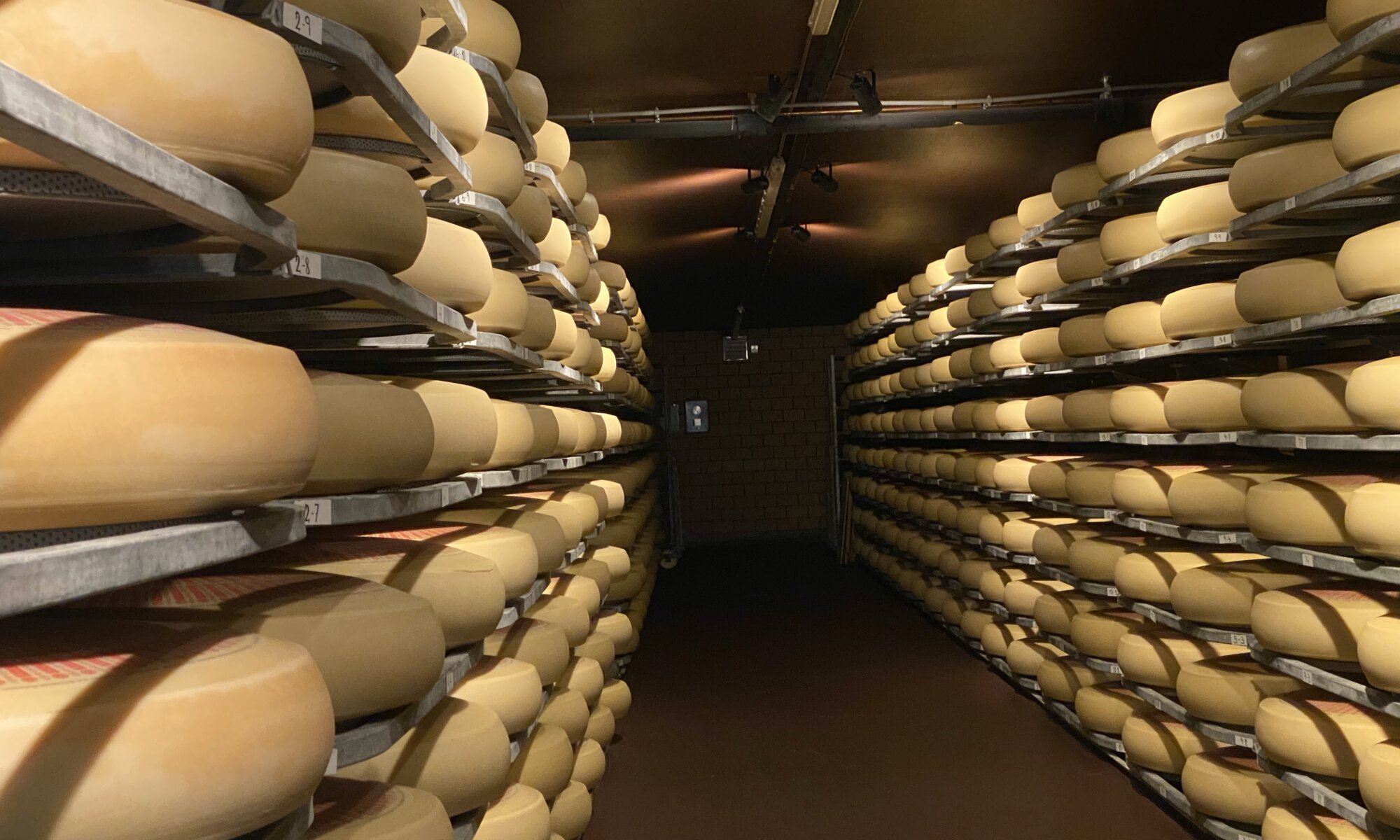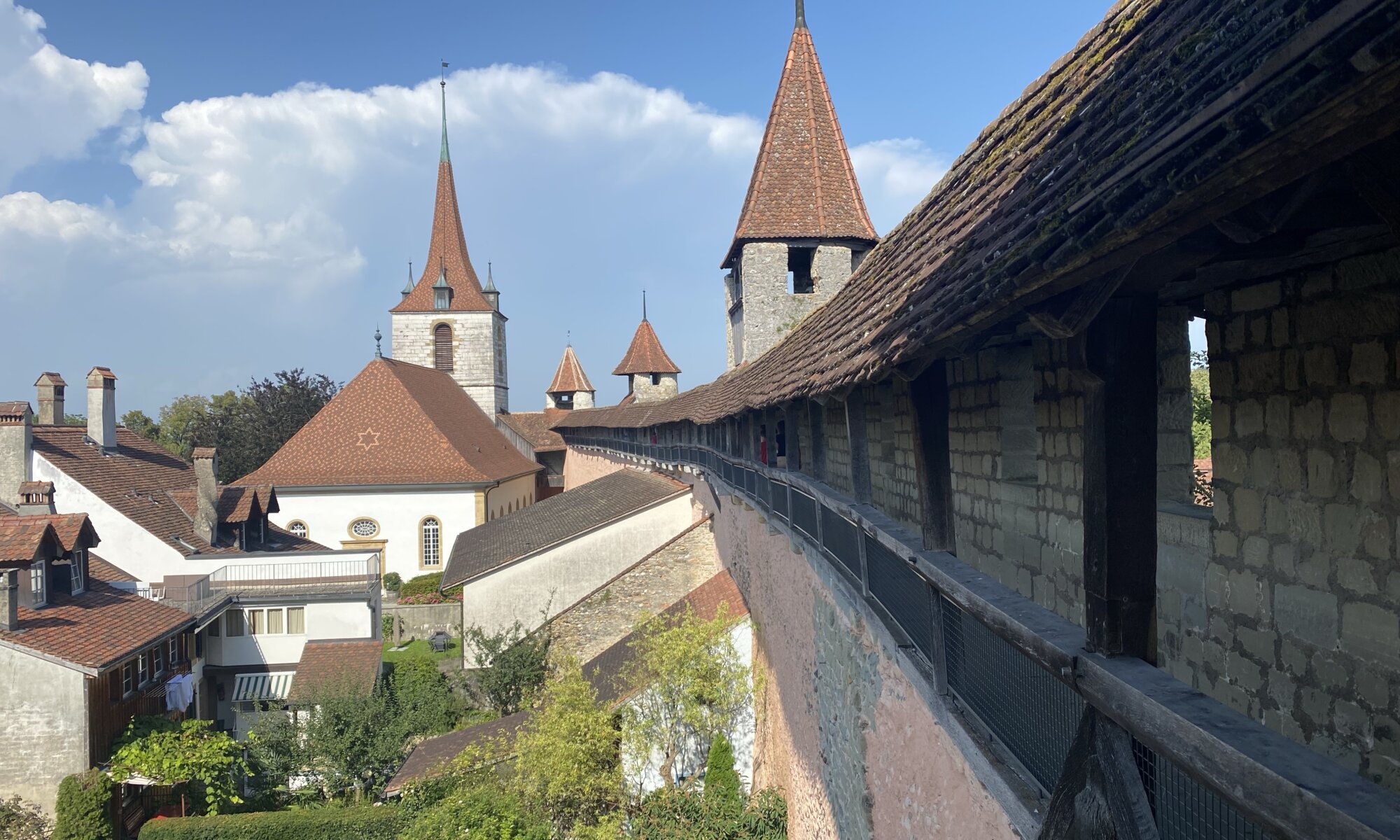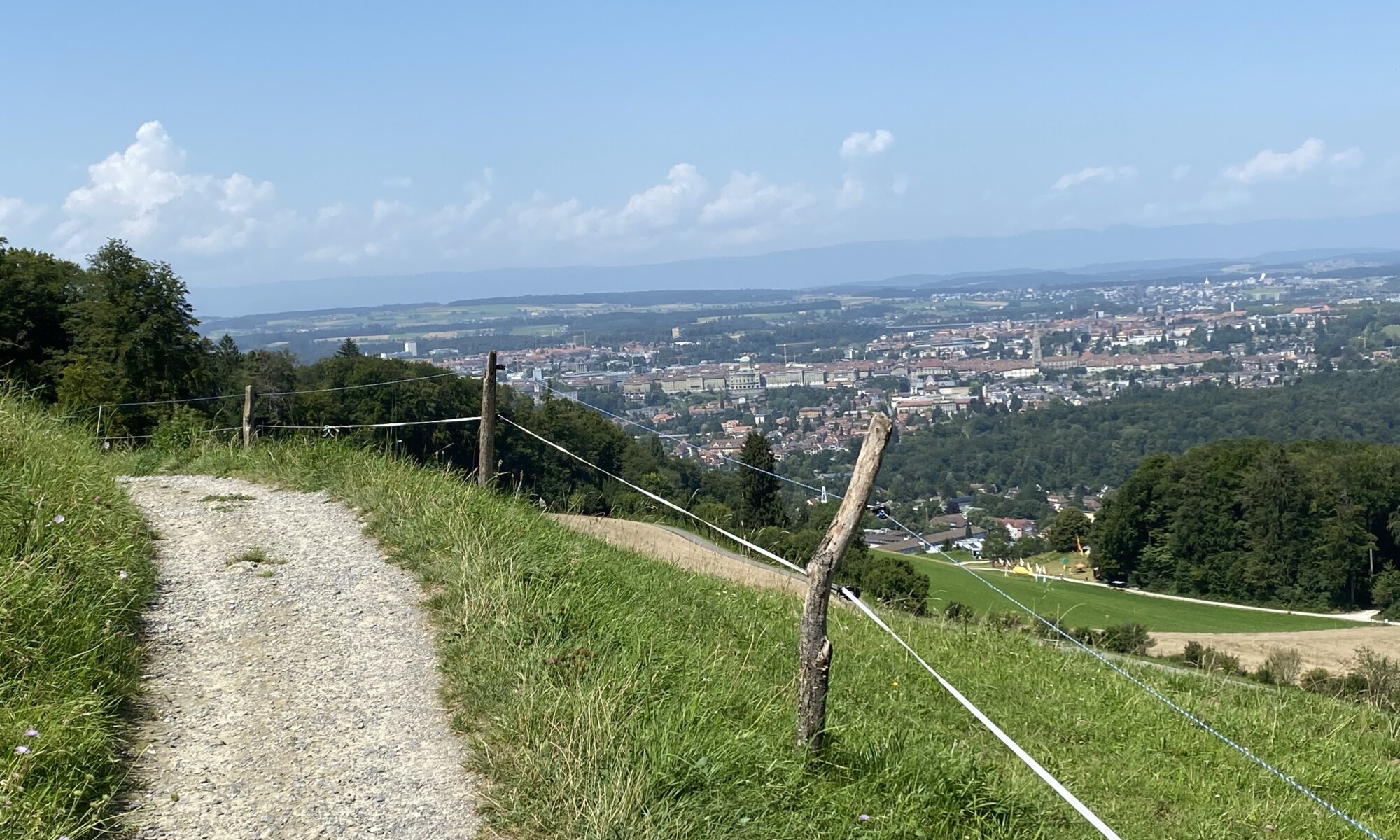The Odenberg is a 381 meters high mountain close to Gudensberg, Germany. It is fully covered with trees, and you can find some wild garlic in the northern part. Getting up there might be interesting for archeologists, as there are the remains of two circular ramparts. But for everyone it is worth hiking up because of the wooden tower standing there, the Odenbergturm.
Continue reading “Wooden ladders”Grünes Band
When Germany was divided, a seven-hundred-kilometer-long border from the Baltic Sea to the Czech Republic existed. Without human life, but with a chance for nature to recover undisturbed. After the German reunification nature protection organizations worked on keeping this area as a nature protection zone and as in important migration path for animals. They called it Grünes Band (green stripe).
Continue reading “Grünes Band”Thunersee
The Thunersee is a wonderful and large lake near the Alps. If you want to enjoy good views you should take a trip to Spiez, a community at its shore. It has a nice castle (Schloss Spiez), and you can have some food next to the water. In December and January, it is recommended to arrive early as the mountain Niesen throws a large triangle-shaped shadow on the city after 2 pm.
Continue reading “Thunersee”Swiss pyramid
The Niesen is a 2362 meters high mountain close to the Thunersee. It is a mountain that is easy to identify because of its special shape: the mountain looks like giant pyramid and creates a shadow in the form of a triangle. Amazing views await those that take the long and steep trip to its top. Since 1856 a restaurant can be found there, and people had to hike all the way – but in 1910 a funicular was opened, the Niesenbahn.
Continue reading “Swiss pyramid”Life at the water
I’ve never heard much about the city of Thun, Switzerland, so far. I just saw that trains from Germany run through it. But as I wanted to get closer to the Alps it looked like a perfect destination for a daytrip. Booking and using trains in Switzerland was so easy (thanks to the SBB smartphone app) that I did it several times during my short visit.
Continue reading “Life at the water”Schloss Burgdorf
To be honest, I just stumbled upon Schloss Burgdorf because of a silly thought: I had visited the Emmental – the valley of river Emme – to see how the famous Emmental cheese is made. But close to the cheese factory the river wasn’t visible and therefore on my way back I just jumped out of the train at a city called Burgdorf: to see the river forming the valley giving the cheese its name.
Continue reading “Schloss Burgdorf”Emmentaler
Emmental cheese is well-known throughout the world. It is a medium-hard cheese with large holes in it which is called Emmentaler or Schweizer Käse in Germany. The name Emmentaler refers to the geographic origin of the cheese as it produced in the valley (‘Tal‘) of river Emme. The second name Schweizer Käse or Swiss cheese brought the cheese its place in everyday German language: if something isn’t solid it is called porous like Swiss cheese.
Continue reading “Emmentaler”Murten
A nice option to travel back in time is a trip to the medieval city of Murten. There, the typical structures of cities belonging to the house of Zähringen have been preserved. You can explore the small castle with good views on the lake Murtensee, you can walk through the historical Berntor gate and best of all: you can climb on top of the old city walls and walk around the city – with marvelous views on the roofs of this old town.
Continue reading “Murten”Gurten
After exploring Bern, you might be ready for a refreshing hike in its neighborhood. The first address for this is the local mountain, the Gurten. It is especially a good option as you can have a wonderful view on the city from up there and you can easily reach it by the funicular Gurtenbahn. The Gurten is 858 meters high and located in the neighboring community of Köniz.
Continue reading “Gurten”Floating in the Aare
It’s a unique pleasure I’ve so far only observed in Switzerland: citizens jumping from bridges and floating in rivers through their cities. But who would want to blame them when the river is so clear and has such a beautiful color like the Aare? It is the longest river of Switzerland; it originates in the Alps and runs into the Rhein.
Continue reading “Floating in the Aare”